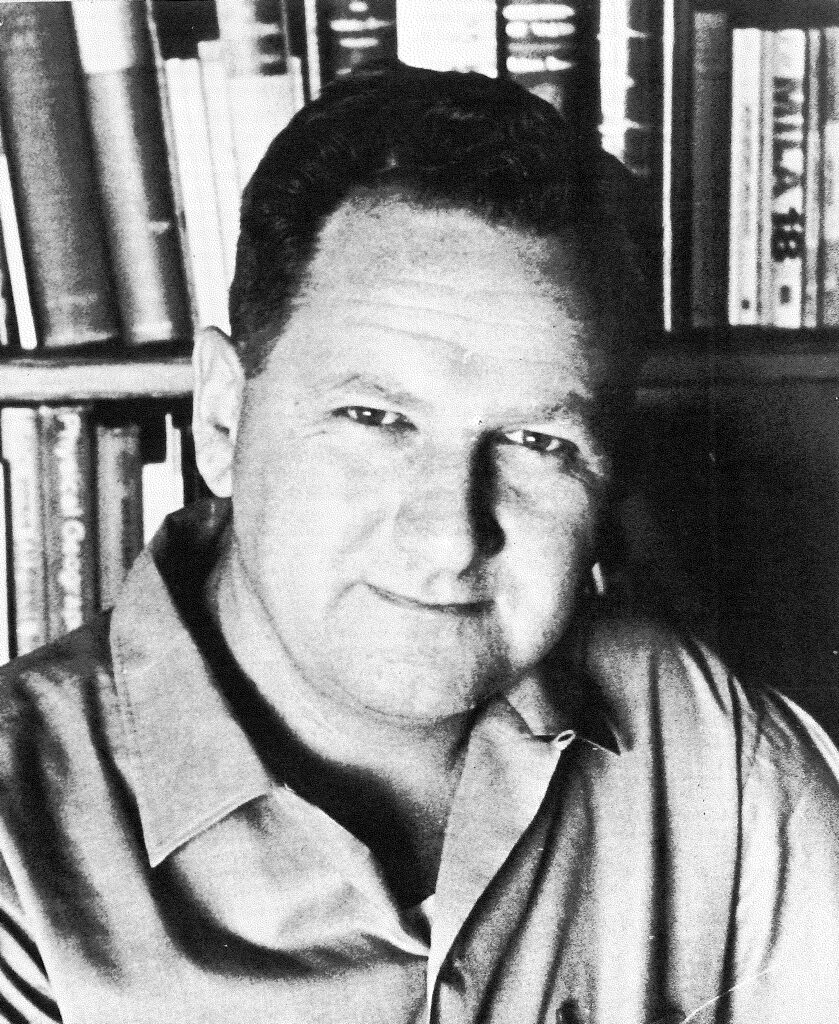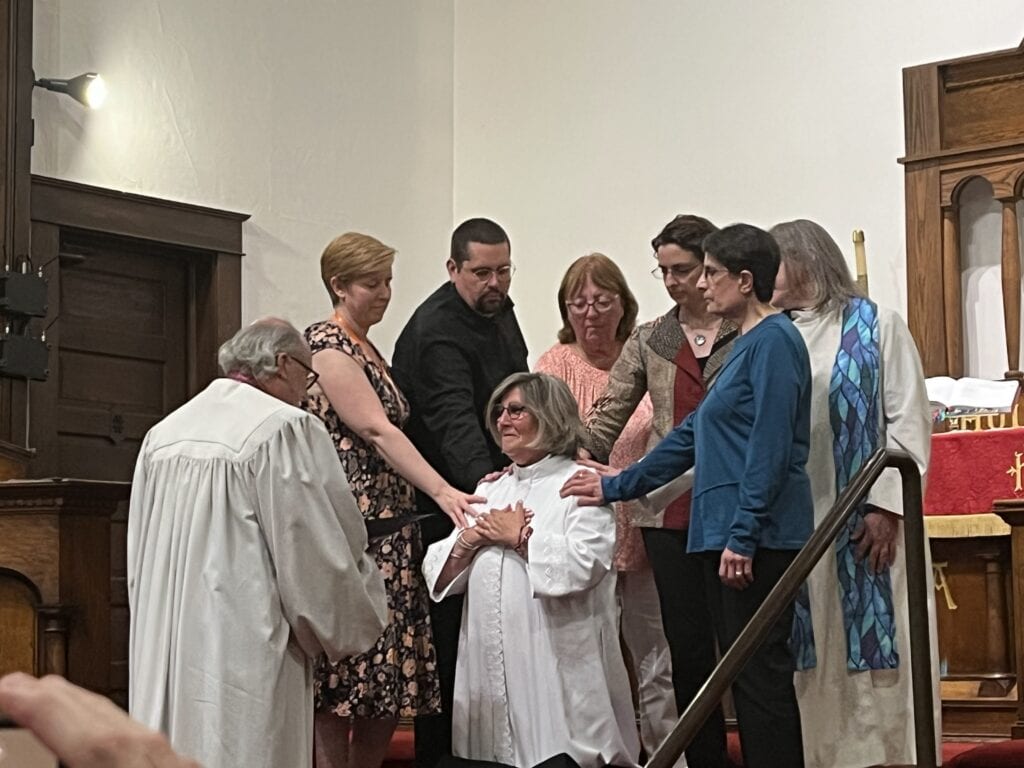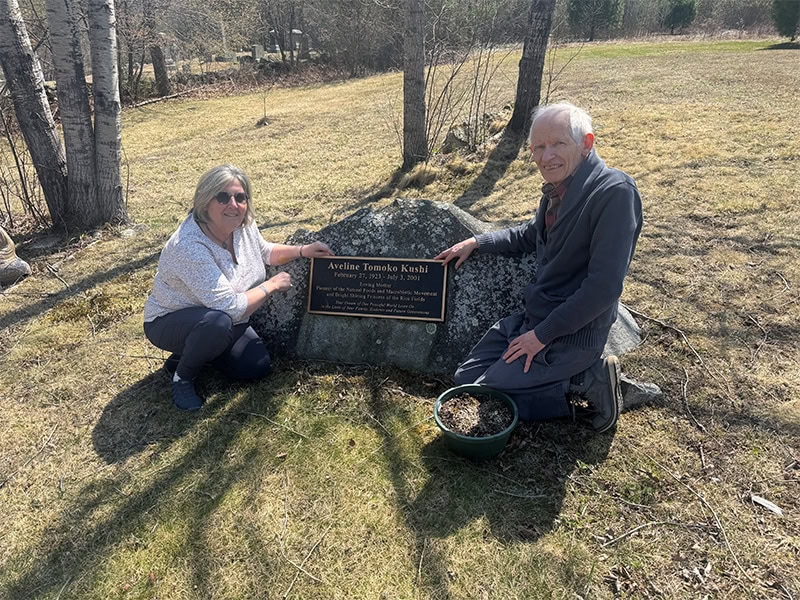By Jim Lawrence
When Wilson Van Dusen’s Uses: A Way of Personal and Spiritual Growth was released in 1981, it rapidly soared as a runaway favorite in all quarters of Swedenborgiana. Without doubt, Uses is the most beloved short work in Swedenborgian spirituality of the last half-century. The explanation of how Van Dusen’s essay lifted “the doctrine of use” from a moderately deployed philosophical concept in Swedenborg to become a frontline spirituality concept lies in his success framing the topic as a spiritual practice for vibrant everyday living.

Intriguingly, he applies half the essay to explaining the metaphysical foundations of the concept. As a phenomenological psychologist, he cared about facts and about the foundations of human experience, and he goes to some length to identify “use” as a central force in creation and as a foundation for any human life. Citing Swedenborg’s own analysis, he patiently explains that usefulness is the very force for all existence.
Swedenborg put more time and effort into anatomical studies than any other science field (except for metallurgy since that was his day job for twenty-two years), his usefulness booklet focuses on the human body as an illustration of how “uses” holds everything together. The power of the whole can only operate through a myriad of efficient interactive uses, which explains why Swedenborg likens the human form as the most elemental structure of the cosmos and should be viewed as the Divine Human (see DLW §20). Heaven itself functions with dynamic “correctness” through myriad contributors who know how to be useful, and the result is a whole community that has the same force of being as a unified body.
The Practice of Being Useful
Seeing that the effects of usefulness are joy and bliss in both social and personal ways, Van Dusen had an “ah ha!” insight for a way to ground everyday spiritual growth: simply focus on what is useful in small and large ways. This plain framing became the doorway for an accessible and immensely popular “way” of doing spiritual formation. The essay offers several, well, useful angles on the practice of it. One starts with a current love and paying attention to how it can be of use to others. When successful, one increases joy and delight for others and for oneself simultaneously.
Another angle analyzes the motivation behind a use you’re already providing. If we find that we are more focused on what we get out of it, we can begin training ourselves to focus on those who are supposed to receive benefits from the use. Van Dusen (image above) contrasts the inner life of a “sales only” representative in comparison to a “customer oriented” representative and concludes the two are as different as hell and heaven. Another third angle, not surprising for a psychologist, is Van Dusen’s emphasis on self-care, because effective usefulness can endure only through a healthy self. He therefore prioritizes being of use to oneself and of enjoying pleasurable things to rejuvenate. In his conclusion, he concludes that being useful is the truest form of worship.
Nearly half a century ago, Van Dusen delivered a breakthrough for seeing how usefulness infuses both Swedenborgian spirituality and Swedenborgian metaphysics. In his landmark booklet, he identifies a potent spiritual growth method from scattered mentions throughout Swedenborg’s writings, and he shaped a skillful and even profound way to live the good life.
Read the full issue of the May 2024 Messenger

Meet Jim Lawrence
Rev. Dr. Jim Lawrence is the president of the Swedenborgian Church of North America. He was the dean of the Center for Swedenborgian Studies for 21 years prior to being elected President in 2022.



